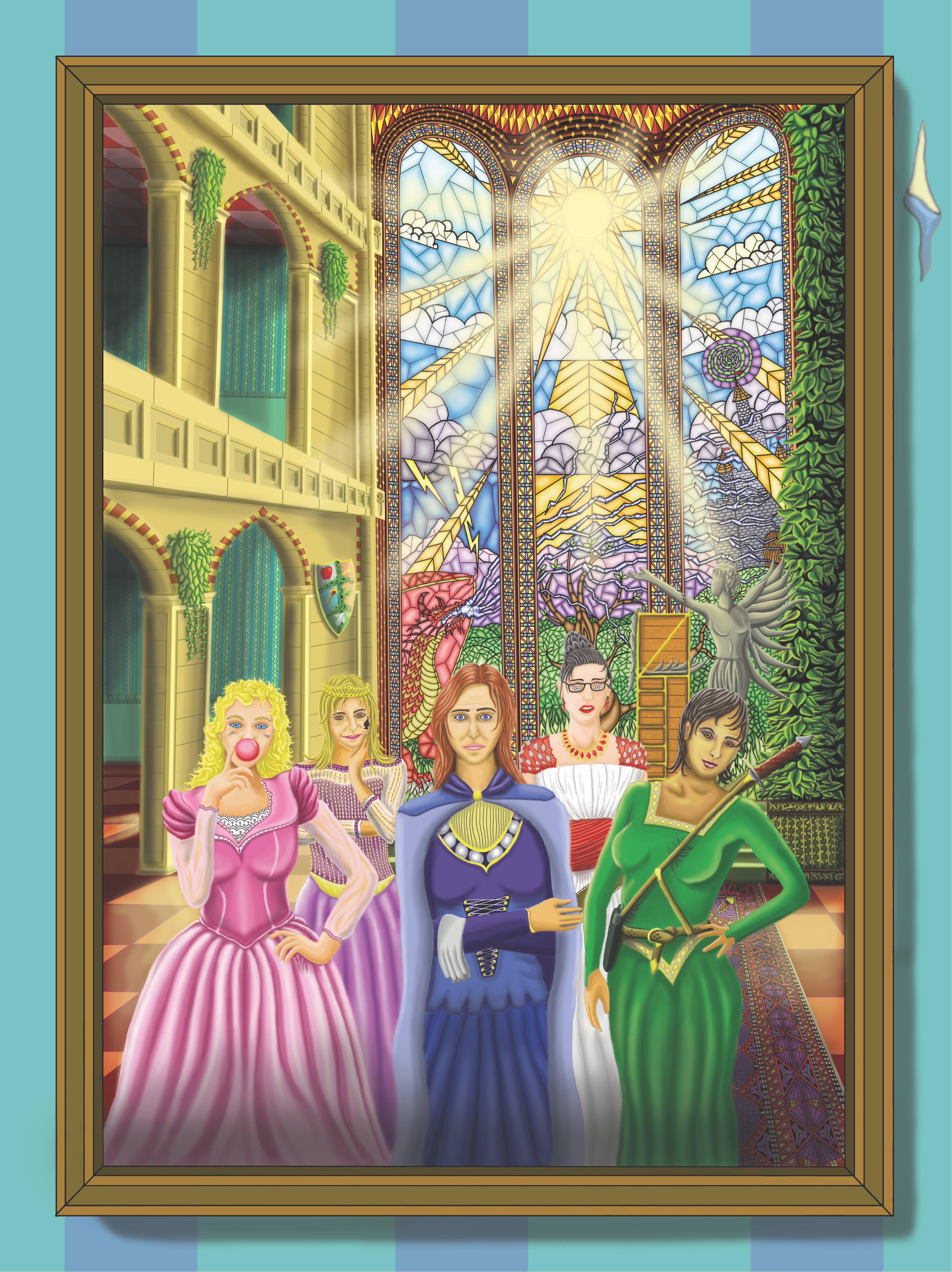Review of Meatloaf and Mistletoe

Meatloaf and Mistletoe, a novel set in the fictional town of Bells Pass, Michigan, is a romantic novel of lifelong friends who, try as they might to avoid it, are starting to have feelings for each other. The story is told from the perspective of both Susannah Ivy Lancombe and Shepard James (Shep) Lund, a waitress and a city worker. At the start of their story, Ivy comes into an inheritance and Shep has a chance at a promotion. Both are on top of the world, but they also feel something is not quite right.
Ivy’s mother, her only parent, dies when she’s sixteen, and the person who keeps her anchored for the next nine years is Shep. Ivy’s attracted to Shep, but she’s worried if they start a relationship and it doesn’t work out, she’ll lose his friendship. In a world where she can’t trust anyone but Shep, Ivy isn’t willing to risk it. For the first half of the book, the two support each other through large changes in their lives, and at the same time, feel drawn to each other. Will they commitment or will the ghost of the past hold them back?
Meatloaf and Mistletoe takes an unconventional route to pairing its two protagonists. Rather than the typical “couples meet, couples part, couples meet again,” this novel spends more time examining the motivations of its characters. Ivy has legitimate fears and has built walls around her to make sure she won’t feel unsafe again. Unfortunately, Shep is her door to dealing with the world, and if she loses him, she’ll be walled-in for the rest of her life. Shep understands how Ivy feels, and he spends a lot of time trying to convince her without understanding she must solve her own problems.
This novel is more a vignette of life from Thanksgiving to Christmas than a traditional romantic arc of first love, an unexpected approach for some readers. Despite being mostly light-hearted, the narrative has a few dark moments, elements unexpected in carefree romantic novels. Far richer than most other books in this genre, Meatloaf and Mistletoe has depth and heart to spare, and of course, a cozy, small-town feel to it.

I enjoyed the voices of both protagonists. They were honest, charming, and in some cases, funny. I loved little scenes like how Shep helps Ivy after she steps through a board in a staircase, or how Ivy helps Shep after an asthma attack. Both were great examples of showing how much they cared for each other: Shep as a gentleman as he frees Ivy’s foot, Ivy as a caretaker as she helps him breathe. The relationship between the two of them comes off as natural and realistic because of little scenes like these.
Meatloaf and Mistletoe is a great Christmas, or anytime, novel if you’re looking for a solid romantic read.








